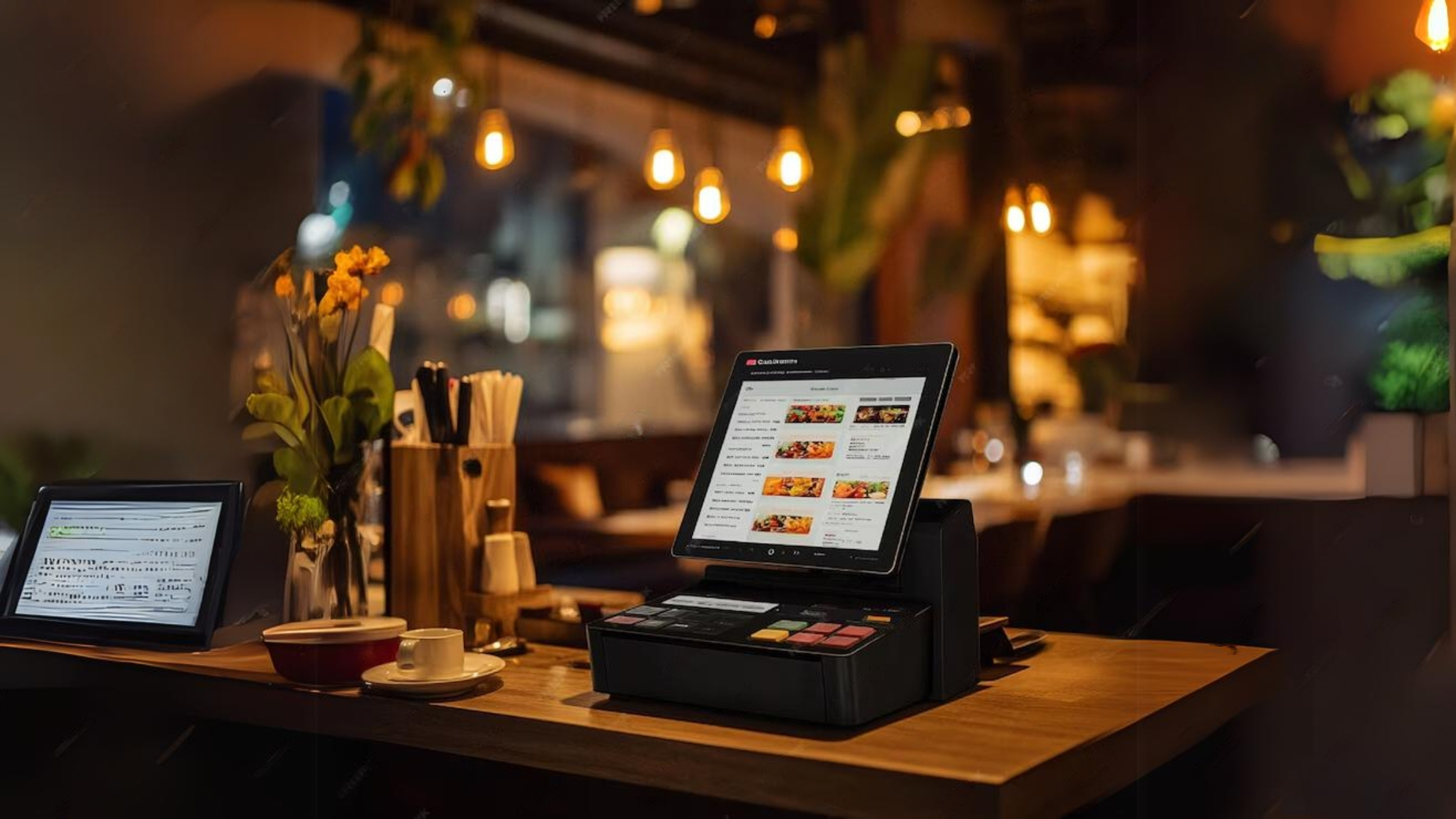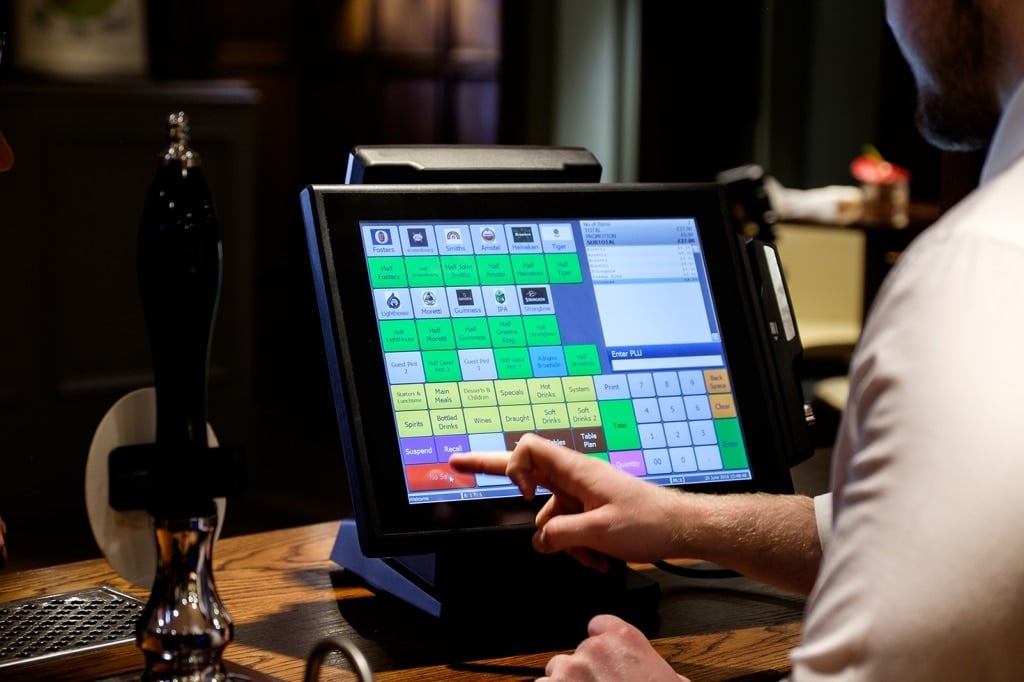Boost profits using Restaurant POS Software-driven insights in everyday operations
Wiki Article
How POS System Works: A Comprehensive Guide for Entrepreneur
A POS system acts as a necessary tool for modern-day organizations, incorporating different parts to simplify operations. It encompasses equipment like barcode scanners and software program for sales tracking. This system not just processes transactions however likewise takes care of inventory and evaluates client actions. Recognizing its functionality can considerably impact a business's efficiency and decision-making. What are the crucial elements that add to this performance? Checking out these components provides important insights.Comprehending the Parts of a POS System
A Factor of Sale (POS) system is made up of several essential parts that collaborate to promote transactions and take care of company procedures. At its core, the hardware consists of devices such as a sales register, barcode scanner, invoice printer, and repayment incurable, all necessary for processing sales (Restaurant POS Software). The software application component handles supply, sales tracking, and client information, providing useful understandings for company decisions.Additionally, data sources store deal documents and consumer information, making sure data stability and protection. Network connectivity allows real-time updates and accessibility to cloud-based services, improving functional performance. Interface, developed for simplicity of usage, permit staff to navigate the system promptly, minimizing training time. Together, these elements develop a cohesive system that simplifies the sales procedure, improves customer care, and aids in efficient administration of organization resources. Comprehending these parts is essential for company owner looking for to maximize their POS systemsHow Sales Purchases Are Processed
When a client makes a decision to make a purchase, the sales deal starts a collection of methodical actions within the POS system. Initially, the cashier inputs the items being bought, which are checked via a barcode viewers or by hand entered. This action retrieves product information, consisting of pricing and suitable tax obligations, from the system's database.Next, the consumer is presented with the total amount due. The POS system then processes the repayment, whether through cash, bank card, or mobile payment techniques. For digital payments, the POS securely interacts with settlement processors to accredit and confirm the transaction.Once the payment is verified, the system creates a receipt, which can be published or sent out electronically. This invoice functions as proof of purchase for the customer. The deal information is taped in the system, making certain exact sales documents and economic tracking for the service.Supply Administration and Monitoring
Efficient inventory management and tracking are necessary components of a POS system, as they ensure that businesses preserve perfect supply degrees and minimize inconsistencies. A durable POS system allows for real-time stock updates, mirroring sales and returns instantly. This makes it possible for company owner to keep an eye on supply degrees accurately, making sure that preferred items are readily available while stopping overstocking of much less popular products.Additionally, advanced POS systems provide attributes such as computerized stock notifies and reorder tips, simplifying the procurement process. Barcoding and RFID innovation enhance accuracy in tracking stock activity, reducing human error. Substantial coverage tools supply understandings right into inventory turnover rates, aiding businesses make notified choices regarding acquiring and product offerings. Inevitably, reliable inventory administration through a POS system not just boosts functional efficiency however additionally enhances customer contentment by ensuring item availability.
Analyzing Consumer Information and Insights
Client information analysis serves as a powerful device for companies making use of a POS system. By collecting and checking out deal information, businesses can reveal important understandings regarding consumer actions and preferences. This analysis allows them to determine acquiring trends, peak buying times, and preferred products, consequently educating inventory choices and marketing strategies.Additionally, services can sector their customer base, enabling personalized advertising initiatives that accommodate specific demographics or purchasing routines. Recognizing customer commitment patterns additionally aids in developing targeted promotions he said and incentives programs.The information gleaned from a POS system can also expose understandings right into customer responses, enabling companies to make educated choices regarding product offerings and service renovations. Eventually, leveraging consumer information effectively can enhance the general buying experience, foster consumer satisfaction, and drive profits development.
Benefits of Implementing a POS System
Applying a POS system uses numerous benefits that can significantly enhance service operations. To start with, it improves purchase processes, lowering wait times and boosting customer fulfillment. By automating sales processes, services can decrease human error and warranty accurate record-keeping. In addition, a POS system provides useful information analytics, allowing proprietors to track sales patterns and supply degrees in real-time. This insight sustains informed decision-making, assisting to optimize supply management and advertising and marketing strategies.Moreover, numerous POS systems incorporate with other service tools, such as accountancy software application, streamlining financial monitoring. Enhanced employee administration features, such as tracking hours and performance, additional add to functional efficiency.Lastly, the application of a POS system can bring about boosted earnings through improved client experiences and tactical insights, eventually promoting company development and sustainability.
Frequently Asked Inquiries
What Types of Services Can Benefit From a POS System?

Just how much Does a POS System Normally Cost?
The expense of a POS system commonly ranges from a couple of hundred to several thousand dollars, depending on features, hardware, and software application - Restaurant POS Software. Organizations need to take into consideration recurring charges for maintenance, support, and transaction handling when find more information budgeting
Can I Integrate a POS System With Existing Software?
Incorporating a POS system with existing software is typically viable. Numerous systems provide APIs or integrated compatibility get more functions, permitting organizations to streamline operations and enhance performance by linking various software application applications properly.What Training Is Required for Staff to Use a POS System?
Training for staff to use a POS system normally includes understanding software application capabilities, refining transactions, taking care of supply, and managing customer interactions - Restaurant POS Software. Practical presentations and hands-on session boost effectiveness and self-confidence in operation the system effectivelyWhat Happens if the Internet Drops While Making Use Of a POS System?
If the web decreases throughout POS system usage, deals may be disrupted. Lots of systems provide offline capabilities, permitting basic procedures to proceed, but full capability, including real-time stock updates, will certainly be limited.Report this wiki page